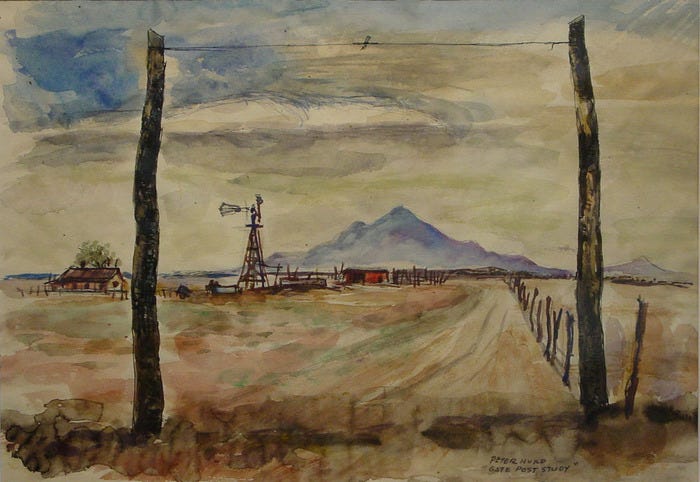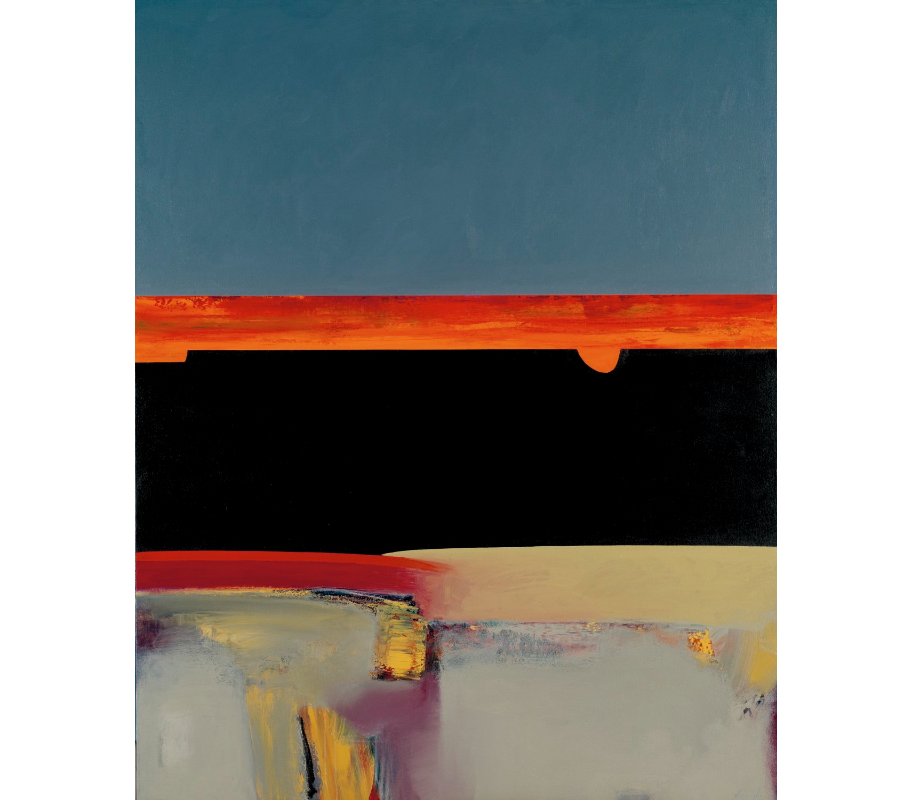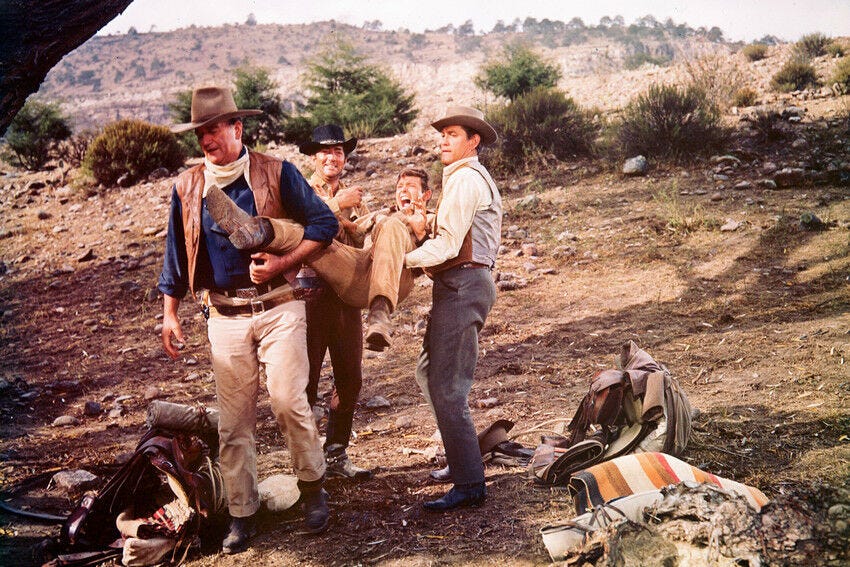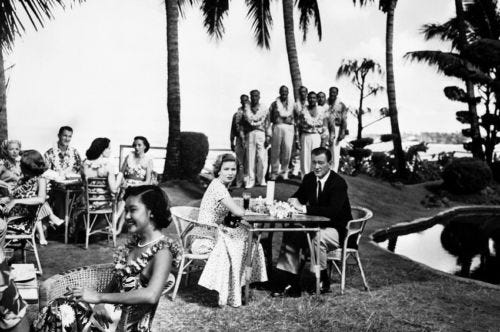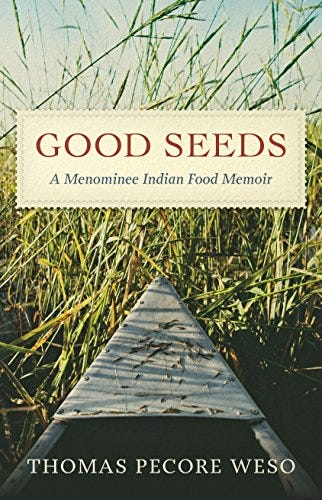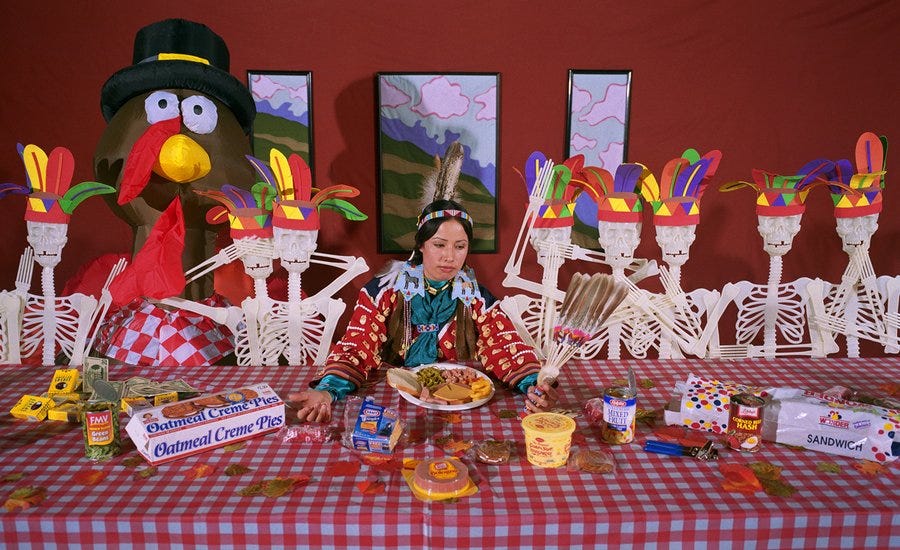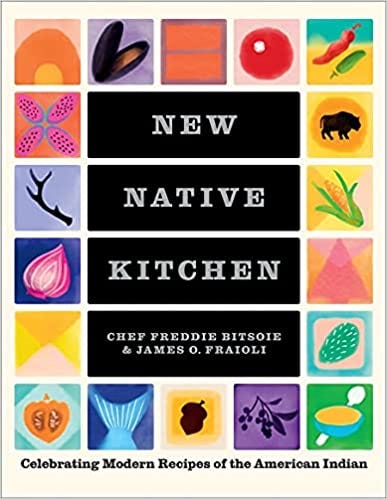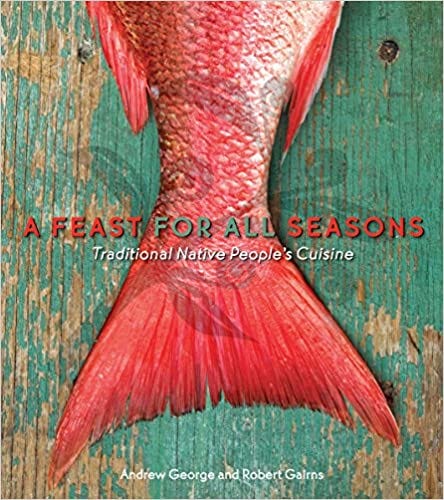Welcome to #3 of my Kitsch Corner series, where I reevaluate my childhood love for John Wayne, the old westerns which my grandfather called ‘Charlie Harrys’, and a kitsch cookbook inspired by one of Wayne’s most classic films, ‘True Grit’.
If you enjoy my newsletter and read it regularly, please think about a paid subscription. Paid subscribers get access to subscriber-only posts and a warm feeling because they are helping to finance the time taken to research Tales From Topographic Kitchens. Please consider sharing via the yellow button at the bottom of the newsletter if you have enjoyed this post (and apologies for all the neediness!). It really helps. Thank you for reading!
(CW: discussion of racism, violence, sexism)
In March of this year, Turner Classic Movies broadcast a series titled ‘Reframed’ where TCM hosts Alicia Malone, Jacqueline Stewart, Dave Karger, Eddie Muller, and Ben Mankiewicz examined some of the most beloved Hollywood classics of the 20th century. Exploring the sexist, racist, and gender stereotypes that permeated popular film culture through a 21st-century lens, the series attempted to steer a middle ground between two polarised camps: those who would deplatform these films, never to be viewed again and those who think films should (uncritically) stand as they are. (Even Disney has confirmed that its 1946 film “Song of the South” will never be shown on Disney+ to predictable criticisms of 'cancel culture’ from those opposed to this decision.)
Each of the eighteen films was screened in its entirety, sandwiched by an introduction and after-discussion. As Stewart (a University of Chicago professor and the channel’s first African-American host) said at the time: “I grew up in a family of people who loved classic films. Now, how can you love these films if you know that there’s going to be a maid or mammy that shows up?” Well, I grew up around people who could still love the movie. You appreciate some parts of it. You critique other parts of it. That’s something that one can do, and it actually can enrich your experience of the film.”
I’ve been thinking about reframing a lot of late and how it applies to my collection of kitsch cookbooks and the food-infused stories of Laura Ingalls Wilder. I have a copy of ‘True Grits: recipes inspired by the movies of John Wayne’ by Lee Pfeiffer and Michael Lewis and a couple of weeks ago I picked it up again to reread. It's a ‘fun-filled way to celebrate his legacy,’ says the blurb, and each recipe has been chosen because ‘of how they lend themselves to spoofing John Wayne film titles’. So you have ‘The Flan Who Shot Liberty Valance’ (flavoured with coffee and orange) and The Big Stampeasoup’ packed with split peas and flavoured with ham bones to sate the appetites of cowboys after 'a hard day of bringing cattle rustlers to justice.’ Legend of The Tossed, a salad inspired by the 1957 film Legends Of The Lost, made me smirk, and I was even tempted to make ‘In Ham’s Way’, a marsala and brown sugar-roasted ham inspired by the film ‘In Harm’s Way’. So far, so kitsch. I was starting to feel warm and fuzzy towards John Wayne again as I skimmed the index.
A long time ago and sat on the sofa in front of the TV with my grandfather, a staunchly working-class, ex-Royal Navy man (who looked a little like Wayne), I would watch the westerns he loved (which he called ‘Charlie Harrys’, the reason for which escapes me). Despite their often violent content, they felt oddly safe and I consumed them uncritically.
Some of these movies were filmed in the Mexican state of Durango and scrubby desert territories in the American southwest. I had even visited one location in Mexico called Chupaderos, where more than 60 films were shot. Quite a few of the set's wooden false-fronts remain to this day, the buildings behind them repurposed into homes by locals who have set up businesses pandering to the needs of tourists. There is even a branch of AA located in the village’s old livestock exchange. (It was said that Wayne’s scenes needed to be shot before noon because after then the drinking would start, turning him mean enough to steal a fly from a blind spider.)
The women in Wayne’s films came in limited flavours: sex workers and women of ‘easy virtue’ were contrasted with perfect wives and mothers, or feisty orphaned girls and frontier women desperately in need of taming. As a younger child, I recognized the first two kinds on account of the fact that my father’s friend, whose alcoholism turned him into something of an untamed spirit, would frequently load me into an enormous old pram which I barely fit into and take me for a ‘walk around the desert’ which in truth meant a visit to the sex workers living nearby. They loved me and I loved them as they fed me rolled up tortillas and little tamarind candies before brushing my hair. No harm came to me. I suppose John Wayne’s saloon girls, despite the broad, and often crude brushstrokes their characters were sketched out with, reminded me of these women. Until my late teens, I didn’t think about how they had probably been separated from their own children or endured abortion after abortion in order to keep working. I guess I wanted to believe they loved me in a simple and uncomplicated way; that being with me did not cause them more pain.
In contrast, Ma’s anti-Native American attitude in Laura Ingalls Wilder books greatly troubled me as a kid and I didn’t spare my criticism. Her depiction as an otherwise gentle and Christian woman jarred whenever I read about her wrinkling up her nose at the very idea of Indigenous people anywhere near her, and I could not reconcile these two aspects of her character. I expected better of here. “I think I first started reading the books in 1981, so we had very different sensibilities then,” author Roxane Gay said about the ‘Little House’ series. “It didn’t even occur to anyone to think anything of the depictions of Indians in those books. And I think that’s deeply unfortunate, and it shows just how much work we had to do with regards to recognizing the racism of those books.” But I read them in the seventies and even back then I thought these sentiments were wrong. I couldn’t always articulate why apart from the obvious. “There were no people; only Indians lived there” is one line that I remember feeling outraged over although the stereotyped description of Indigenous babies flew straight over my head because the words used by Ingalls-Wilder appeared, on the surface, to be fond. To the eleven-year-old me, Laura’s tantrum, that Pa ‘get her’ an Indian baby seemed the normal anger of a small child denied, instead of the dehumanising entitlement directed towards the children of another human being it actually was. “Why do you want an Indian baby of all things”, Ma asked her. “Its eyes are so black,” Laura sobbed. She could not say what she meant.’
The anti-Native American macho posturing of John Wayne also flew— in the main— over my head, and revisiting my grandfather’s blithe acceptance of it remains profoundly unsettling. Roy, my grandad was a man who served in World War 2, was deeply distressed by anti-semitism and its inevitable consequences and encouraged me to maintain my regional Mexican accent (despite an English teacher of Spanish telling me I sounded “like a peasant”). But Grandad Roy had no problem with Wayne’s films and their depiction of Native Americans as savage murdering hordes, which therefore made them fair game for lawless posses. He rooted for the American cowboys who were invariably white (although in the American southwest, at least 1 in 4 cowboys were Black) — even as he cringed at their brutality and savagery. Did I expect less from John Wayne? Did my grandfather? Was it because Wayne, a white man with a notoriously conservative bent, heavily invested in his own mythology, would obviously be a bigot and therefore no better than he should be? As U. S. Senator Ransom Stoddard (played by James Stewart) was told in ‘The Man Who Shot Liberty Vallance’, "This is the West, sir. When the legend becomes fact, print the legend." And they did. The brutal force of John Wayne’s ‘manly’ bigotry, and his simplistic, nationalistic views were the legend; there was no ‘in spite of’. We all forgot he was raised in southern California where he surfed and hung out on the beach. He might have ridden his mare Jenny to school but at the height of his career, he admitted that he had “never really liked horses” despite owning a ranch. We did not know this; the Hollywood machine did its job well and Wayne was happy to go along with it.
This is also where seemingly lighthearted books like ‘True Grits come into play. As I wrote in a previous newsletter, kitsch can exert a neutering force upon its more difficult subjects but in light of his political activities and discriminatory attitudes, does Wayne deserve to be aggrandised via uncritically kitsch or camp cookbooks? This was a man who was the president of the Motion Picture Alliance for the Preservation of American Ideals, which sought “to defend “the American way of life” in films and protect the industry from “communists and fascists”. Its activities could be described as vicious bullying, witch hunts and persecution. In a 1971 interview with Playboy magazine, Wayne stated: “I believe in white supremacy.” A running theme in some of his films is the fear of miscegenation and in Stagecoach, the character of Buck the team’s driver is a clumsily drawn figure of fun because he is married to a Mexican woman. Wayne himself married Esperanza Baur, a Mexican woman, and when that marriage failed, went on to marry Pilar Pallete, who was Peruvian (not that this should be proferred as evidence that he could not in fact be a racist). In interviews, he defended the genocide and forced removal of Native Americans from their own land: “There were great numbers of people who needed new land, and the Indians were selfishly trying to keep it for themselves.”
The ‘best’ Wayne’s films can manage is a nod to the Berkhofer construct of the ‘Noble Savage’: “master of the wilderness and possessor of physical prowess and/or crafty wisdom” and we must also lay the blame for this at the feet of everyone involved in their production. There would be no thoughtful reevaluation by Wayne of the role he played in the demonisation of the Native Americans. He would remain bullish and Wayne’s daughter would go on to endorse Trump. “If John Wayne were around, he’d be standing right here instead of me,” she said.
Yet I struggle to let go of the good feelings that came from watching campfire scenes where Wayne and his men would eat corn dodgers fried in salt pork or ‘coonmeat grease’.
“My stomach ain’t empty. It's full of corndodgers. Balls of hot water cornbread, made by Chen Lee, my friend.”
“Why are they called corndodger’?
“Dodgin' corn whiskey in my innards,” I guess,” he said in Rooster Cogburn.
In his films, Wayne would tear rare steak from the bone with shiny Hollywood teeth but when dining out, he ate his steak burnt. Of course, he bloody did.
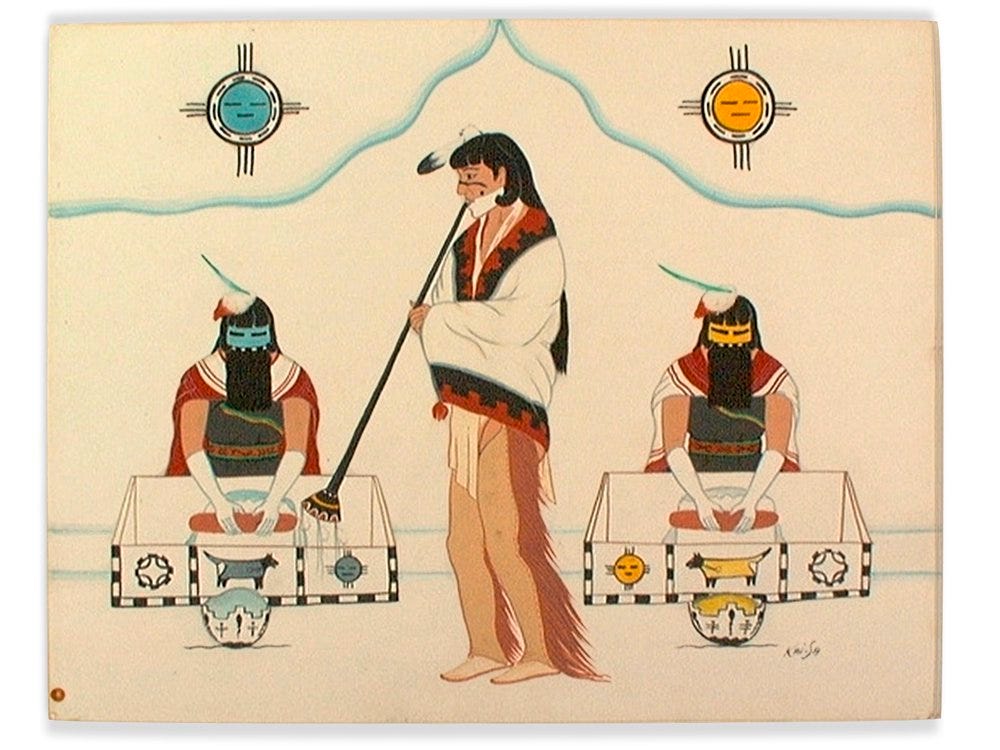
Robert Plant may have been referring to the Gwyllion-heavy woods of Wales when he sang, “There's a feeling I get when I look to the west /And my spirit is crying for leaving/ In my thoughts I have seen rings of smoke through the trees /And the voices of those who stayed looking", but when I first heard that third verse in Stairway To Heaven as a young child, it reminded me of Pa Ingalls and gristly cowboys, all of them lean as a strip of jerky with a gaze that never met yours because they were too busy longing and yearning. I thought about the drive to move west and conquer ‘new’ territory that was encouraged by the US government and my old affinity with this still causes me shame. It sounded so romantic. It’s not.
And yet… I remember the cold of the desert night air and the searing heat of a fire built from mesquite wood. Eating food straight from the pan — as Wayne did — with fingers pinched against the heat feels profoundly familiar. Many of my Mexican schoolfriends were of Indigenous heritage yet I do not remember ever seeing Indigenous people eating and preparing food in Wayne’s films. (It is possible that they did and the not noticing is on me.) I learned about jerky at a young age but it took a lot longer for me to learn about pemmican. It galls me that the introduction to True Grits is titled ‘Without Reservations’ yet fails to reference the Indigenous and non-white roots of many of the recipes. It feels like a taunt because the grits that Mattie made for Mr Cogburn while they were out tracking Chaney are made from Indigenous corn.
There’s a recipe for Native American wild rice flavoured with Parmesan. A recipe for ‘Tex Mex’ style soup pays tenuous tribute to Wayne’s film Red River flavoured as it is with taco seasoning, corn and ‘Spanish’ rice. The book’s ‘Barbarian and the Geisha’s Stew’ references the [near] eponymous film set in Japan where Townsend Harris (Wayne) falls in love with the ‘local geisha’ played by Eiko Ando. The stew contains noodles of indeterminate type because only western cuisine gets to be nuanced. The bread is ‘French’, the cheese ‘Mozzarella’ or ‘Cheddar’ but chillies are just chillies despite the fact that there are over 150 varieties in Mexico alone. And then Wayne goes to Kauai, Hawaii to film Donovan’s Reef but the related recipes in True Grits only contain salmon and Atlantic cod. I hate that this book is so bad and upon re-checking its date of publication, I am once again shocked that it was 1998 and not 1978.
As a countermander to True Grits, here are some of my favourite books and writings on the subject of Indigenous cuisine.
I first read Good Seed: A Menominee Indian Food Memoir by Tom Pecore Weso when it was published back in 2016. This is what I wrote: “In this food memoir, named for the manoomin or wild rice that also gives the Menominee tribe its name, tribal member Thomas Pecore Weso takes readers on a cook’s journey through Wisconsin’s northern woods. He connects each food—beaver, trout, blackberry, wild rice, maple sugar, partridge—with the individuals who taught him Indigenous values. Cooks will learn from his authentic recipes. Amateur and professional historians will appreciate Weso’s firsthand stories about reservation life during the mid-twentieth century, when many elders, fluent in the Algonquian language, practiced the old ways.
Weso’s grandfather Moon was considered a medicine man, and his morning prayers were the foundation for all the day’s meals. Weso’s grandmother Jennie “made fire” each morning in a wood-burning stove, and oversaw huge breakfasts of wild game, fish, and fruit pies. As Weso grew up, his uncles taught him to hunt bears, deer, squirrels, raccoons, and even skunks for the daily larder. These recollections are what I loved most because they are filled with love and warmth, with respect for heritage and pride. He remembers foods served at the Menominee fair and the excitement of “sugar bush,” maple sugar gatherings that included dances as well as hard work. There are memories of wild rice harvesting in the small boats and a fascinating account of how the wild rice plants react and adapt to their location. If you are interested in agri-ecology and want to learn how we as humans can achieve a less damaging relationship with our environment, Weso’s book is for you.”
Sean Sherman is the Sioux Chef and his work has been instrumental in educating me on Indigenous foodways. His book, The Sioux Chef’s Indigenous Kitchen, won a James Beard Award for Best American Cookbook. Chef Sherman and his team, whose heritage spans Anishinaabe, Mdewakanton Dakota, Navajo, Northern Cheyenne, Oglala Lakota, and Wahpeton-Sisseton Dakota tribes, have worked to develop the voice of indigenous people in all matters culinary. Their mission statement? “We are committed to revitalizing Native American Cuisine and in the process, we are re-identifying North American Cuisine and reclaiming an important culinary culture long-buried and often inaccessible.”
Here’s an NYT article (£) where Chef Sherman writes about his ten essential Native American recipes and the work he has done to decolonise diet and educate people about the Indigenous foods of North America.
Carin Tunney writes about a cookbook that focuses on the food of the Indigenous people of the Great Lakes. “If we can revitalize the language and the food, or both, it will all come together as one,” says Derek Nicholas, a member of the Red Cliff Band of Lake Superior Chippewa.
A piece by Priya Krishna about a new cookbook ‘by Indigenous people, for Indigenous people’ in the NYT (£). “The narrative that has been pushed is that we were wandering the lands and just barely sustaining ourselves,” when in reality Indigenous people have centuries of rich and innovative food traditions,” said aid M. Karlos Baca, a lead writer for the book, titled A Gathering Basket. To call it a book though is to fail to describe the sweeping arc of this project which is multimedia by nature. More, here. The I-Collective is looking for “Indigenous Community Members, Scholars, Activists, Artists, Writers, and Indigenous Food Knowledge Holders who want to create meaningful content for a virtual Cookbook, Journal, and Educational Resource currently in development for publication” so do get in touch if you want to contribute.
Wendy Red Star’s website. (She is one of my favourite artists.)
Find recipes on the website of the First Nations Development Institute as well as more information about the importance of Native American food systems. And The Native American Herbalist's Bible by Linda Osceola Naranjo takes the oral history of herbalism and commits it to the page. It’s also a practical handbook. I’d buy Braiding Sweetgrass: Indigenous Wisdom, Scientific Knowledge and the Teachings of Plants too. (Review here and here.)
I mentioned Native American Recipes From The Appalachian Mountains by AAIWV members in a previous newsletter; it’s one of my favourite books because it reminds me that all cultures are dynamic, non-static entities, and here, we have traditional recipes and recipes that are modern adaptions of those recipes. “We as Indian people adapt,” they write.“This is how we have survived.” And what recipes! Clover soup and a soup made with hazelnuts. A Chippewa bannock flavoured with hazelnut oil or bacon fat, maple syrup or honey. A cranberry cornbread. Buffaloaf. Dandelion quiche. Lakota plum cakes. So timeless yet contemporary -and criminally under-acknowledged. You can find out more about equity of food justice and history and how this especially applies to Native Americans at The Heritage Foods: Appalachian Story Bank at Slow Food USA.
Adán Medrano’s film, Truly Texas Mexican is a lush and beautiful retelling of the story of Comida Casera (home cooking) of contemporary Texas Mexican American families whose roots are in a land that was once part of Mexico. There’s a strong feminist theme running through the film too; it is great to see women in charge of barbacoa. “The food triumphs and the reason is the generosity of the women making it.”
The Native Mexican Kitchen: A Journey Into Cuisine, Culture, and Mezcal by Noel Morales and Rachel Glueck was one of my favourite book releases of 2020. Tomé Morrissy Swan reviews it for The Telegraph (£). “This book does not take a purist approach to indigenous Mexican cuisine, nor does it attempt to be an encyclopedia manual. When we speak of native Mexican cuisine, we speak of the culinary traditions indigenous Mexicans have carried forward into the present, complete with their influences of foreign cultures, i.e. the food they are still eating today,” they write. There’s also a focus on dance (Noel is a dancer who performs with Indigenous dance troupes). It is an unexpected and lovely lens.
Out relatively recently, The New Native Kitchen: Celebrating Modern Recipes of the American Indian by Freddie Bitsoie the former executive chef at Mitsitam Native Foods Café at the Smithsonian’s National Museum of the American Indian, in conjunction with James Beard Award-winning author James O. Fraioli, has already made quite a few of the ‘best of 2021 fall cookbook lists. I love that Robert Redford has blurbed it.
One for children and their caregivers: Fry Bread a Native American Family Story by Kevin Noble Maillard tells the story of a modern-day Indigenous family through the lens of an often controversial food. Here’s an interesting piece about the controversy and how some Indigenous people are working to reclaim it and a podcast about the nutritional impact of fry bread and wheat. “I'm sitting in front of you, and I'm 6', 300 pounds, you know, and that didn't happen overnight. You know, that was because of the foods that I grew up eating, and one of them was fry bread.”
It was the cover of A Feast for All Seasons: Traditional Native Peoples' Cuisine by Andrew George Jr and Robert Gairns that first attracted me. But I was very glad to have in my hands, a book that highlighted the food of Canadian First Nations people, and it is filled with delicious recipes by Andrew George, of the Wet'suwet'en Nation. He has made it his life’s work to educate people and promote his native cuisine.




